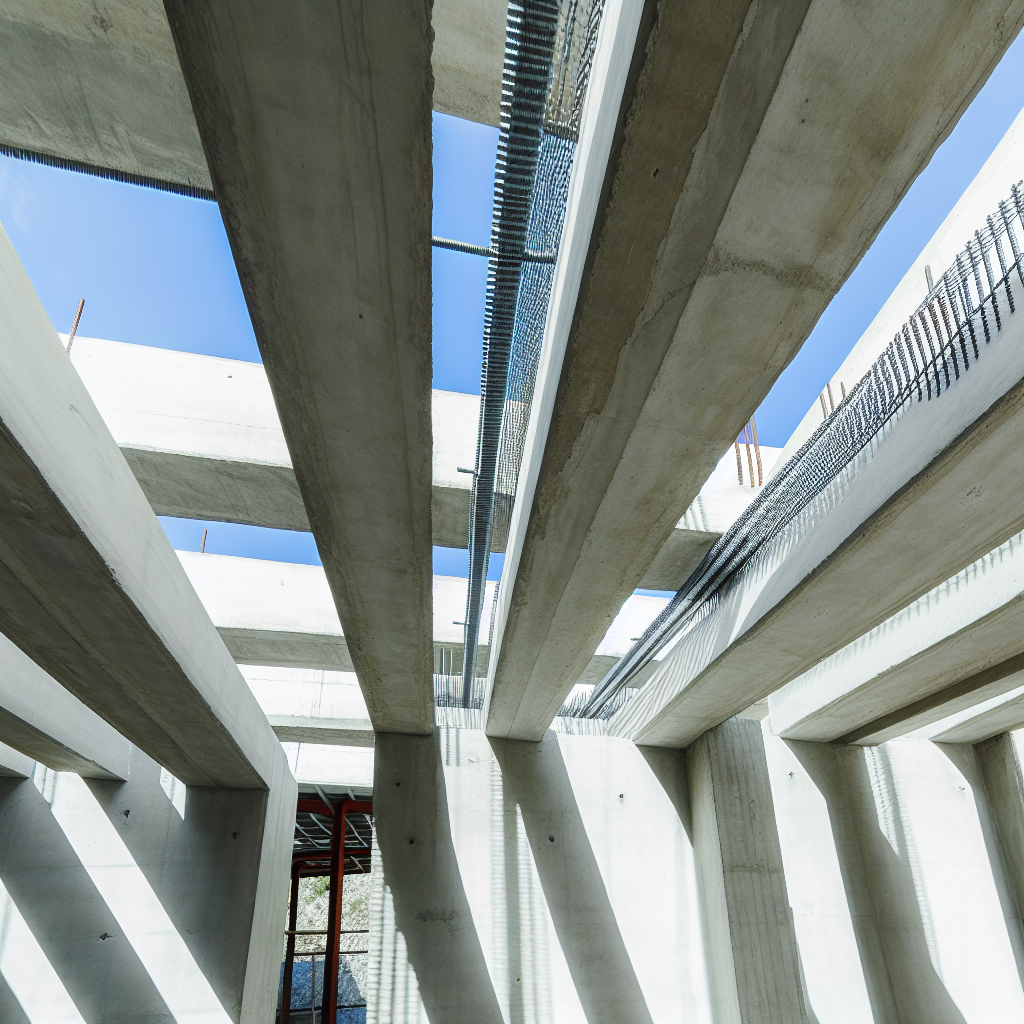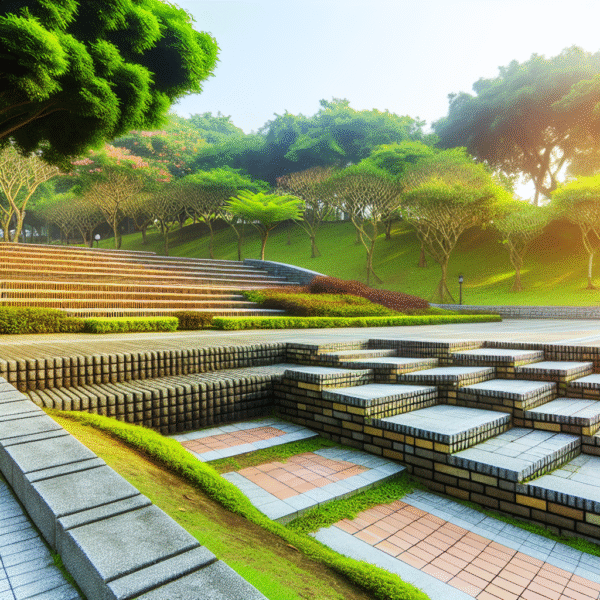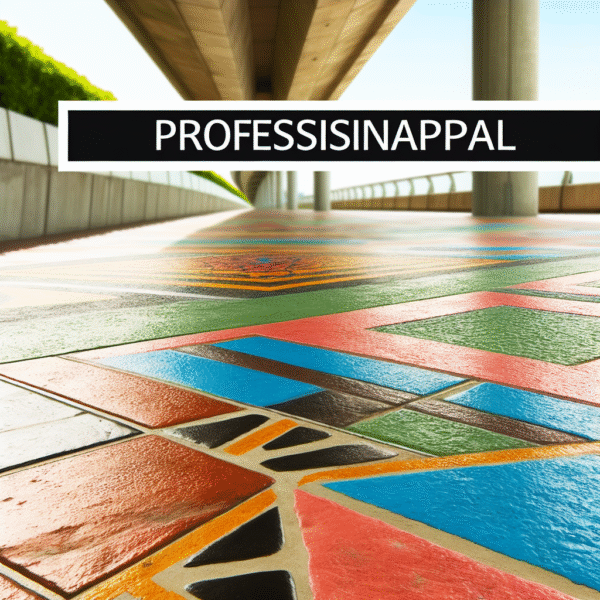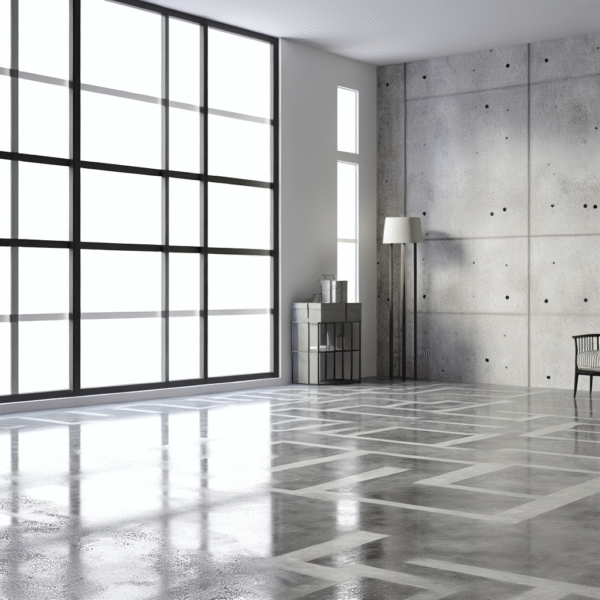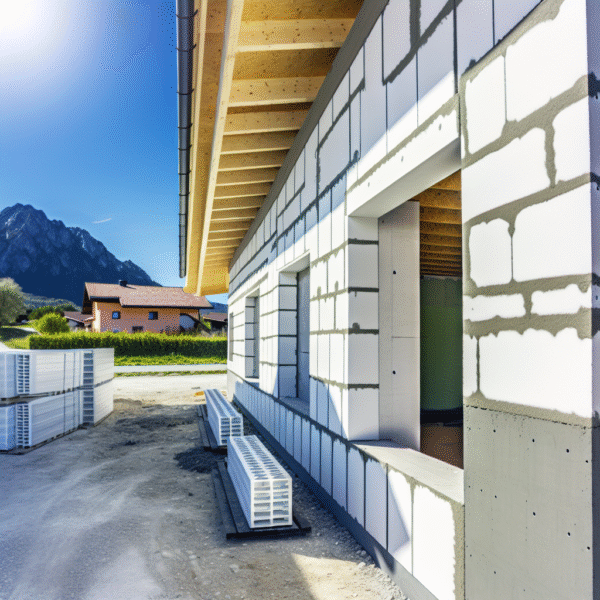Understanding Reinforced Concrete Beams and Columns
Reinforced concrete beams and columns are foundational to nearly every iconic structure we admire around the world. From historic cathedrals to futuristic bridges, these elements work silently behind the scenes to support, elevate, and stabilize. Whether you’re exploring Gaudí’s Casa Milà in Barcelona or walking beneath the bold forms of Tokyo’s Yoyogi National Gymnasium, reinforced concrete beams and columns are at the heart of engineering marvels just waiting to be discovered.
This guide reveals how reinforced concrete shapes travel and architecture alike. You’ll learn how these systems function, where to see them in action, and why they’re both technically brilliant and culturally important. Travel becomes even more enriching when you know what’s holding it all up.
What Are Reinforced Concrete Beams and Columns?
Reinforced concrete beams and columns form the structural core of modern buildings, especially in urban and earthquake-prone regions. A beam transfers loads horizontally, resisting bending forces. A column stands vertically, bearing compressive loads. When combined with steel reinforcement, these concrete components gain the strength and ductility needed for safe, long-term performance.
Engineers design beams and columns to manage dead and live loads, seismic events, and wind stress. That’s why you’ll find reinforced concrete in essential city infrastructure—from Istanbul’s residential towers to San Francisco’s elevated highways.
One inspirational example is the Niterói Contemporary Art Museum in Rio de Janeiro. Designed by Oscar Niemeyer, its circular shape appears to hover dramatically above the ocean. Hidden beneath its elegance are robust reinforced concrete columns that provide safe elevation and long-term durability—an engineering feat tourists can admire from every angle.
Reinforced Concrete in Iconic Tourist Architecture
Great architecture stems from great structural planning. Reinforced concrete beams and columns provide the strong skeleton needed to support modern design, giving engineers and architects the freedom to create inviting, awe-inspiring environments travelers love.
New York City’s High Line is an innovative public park built atop an old elevated rail track. The entire structure is anchored by retrofitted reinforced concrete beams and columns, allowing adaptive use of space in a dense urban core. Visitors now enjoy art installations, gardens, and picnic spots floating above busy streets—all made possible by resilient structural elements.
In Reykjavik, Iceland, the Harpa Concert Hall blends beauty with seismic performance. Reinforced concrete columns support the glittering glass façade while protecting occupants from earthquakes. It’s an example of how engineering excellence enhances cultural experiences—perfect for design-savvy travelers and families alike.
Exploring Reinforced Concrete in Natural Settings
Reinforced concrete beams and columns aren’t limited to crowded cities. Nature-based projects often rely on these components to blend performance with environmental harmony.
In Banff National Park, Canada, hikers cross reinforced concrete bridges that stretch over rivers and ravines. These supports vanish into the landscape, offering safe passage to families and wildlife without disturbing the natural beauty below them.
Capilano Suspension Bridge Park near Vancouver is famous for its cliffwalks, many of which rest on concealed reinforced concrete anchors and cantilevered beams. The stability they offer is critical for thousands of visitors each year. Guided tours even share behind-the-scenes stories from the engineers who built them.
In Langkawi, Malaysia, the SkyBridge winds through tropical forest canopies, appearing to hang freely. In reality, reinforced concrete pylons and columns offer crucial support, handling humidity, wind, and constant tourist foot traffic—all while delivering jaw-dropping panoramic views.
Uncovering Reinforced Concrete in Local Landmarks
Some of the most meaningful encounters with reinforced concrete beams and columns occur in everyday spaces. Look closely, and you’ll find them transforming neighborhoods, connecting communities, and preserving history.
The Metrocable in Medellín, Colombia, brings transit to neighborhoods once considered unreachable. The cable stations are supported by elevated reinforced concrete columns, climbing steep hills to integrate urban development with mountain life. For solo travelers, it’s a scenic and meaningful ride through transformed landscapes.
In Chennai, India, the Kalakshetra Foundation showcases how reinforced concrete stabilizes modern buildings wrapped in traditional façades. Designed to survive monsoons and tropical humidity, these structures provide safe spaces for dance performances and cultural workshops.
Lima, Peru’s University of Engineering and Technology (UTEC) campus is a masterclass in exposed reinforced concrete design. Its iconic beams and columns aren’t just functional—they’re artistic. Visitors often explore the innovative layout, which showcases earthquake-resilient design while celebrating a distinctly Peruvian sense of space.
Tips for Families and Curious Travelers
Learning about reinforced concrete beams and columns doesn’t require a technical background—just curiosity. These travel tips will help you spot and appreciate structural details on your journeys.
- Take an Architecture Tour: In cities like Chicago or Rotterdam, book walking tours that highlight reinforced concrete structures and sustainable design practices.
- Use Your Camera Creatively: Shadows and light on exposed columns can offer dramatic perspectives. Visit sites like Chandigarh’s Capitol Complex for architecture photography that educates and inspires.
- Engage with Residents: Locals in culturally rich regions often have personal stories about infrastructure and resilience. Ask about earthquake-safe buildings or the history of major projects.
- Visit Converted Buildings: Many art museums or coworking hubs in Berlin or Montreal use adaptive reuse. Original concrete beams and columns are often left visible as a design statement.
- Seek Learning Spaces: Museums like San Francisco’s Exploratorium offer hands-on exhibits explaining how forces work in buildings, making them ideal for kids and lifelong learners.
Even public playgrounds benefit from reinforced concrete design. Singapore’s Gardens by the Bay integrates beams and columns that support tree-top walkways and suspended platforms—providing both fun and safety while remaining elegantly hidden beneath lush greenery.
Reinforced Concrete: A New Lens on Travel
From the towering height of Tokyo’s Skytree to the humble pedestrian bridges of Banff, reinforced concrete beams and columns support experiences both grand and intimate. These structural elements aren’t just about strength—they reflect innovation, cultural identity, and community resilience.
By understanding how reinforced concrete beams and columns function—and recognizing them in the world around you—you gain new perspective on travel itself. Every column holding a stairwell or every beam spanning a scenic overlook tells a story of design meeting everyday life.
As you cross bridges, enter museums, or tour hillside neighborhoods, take a moment to notice what keeps it all standing. These structures represent the quiet genius shaping the modern world—one beam and one column at a time.
